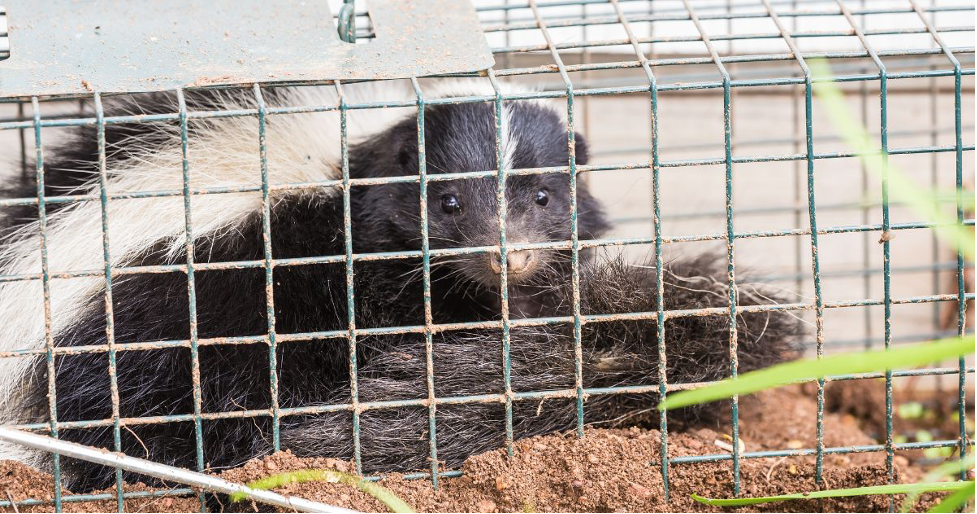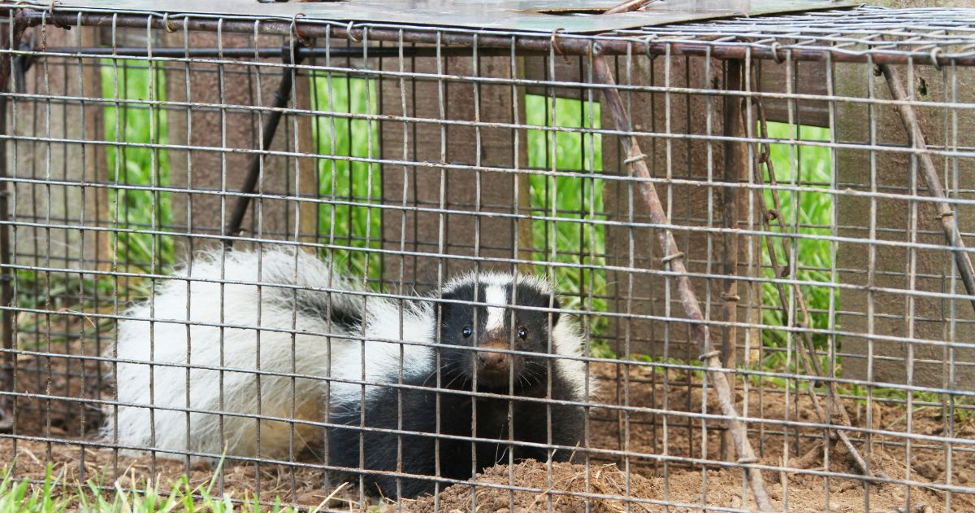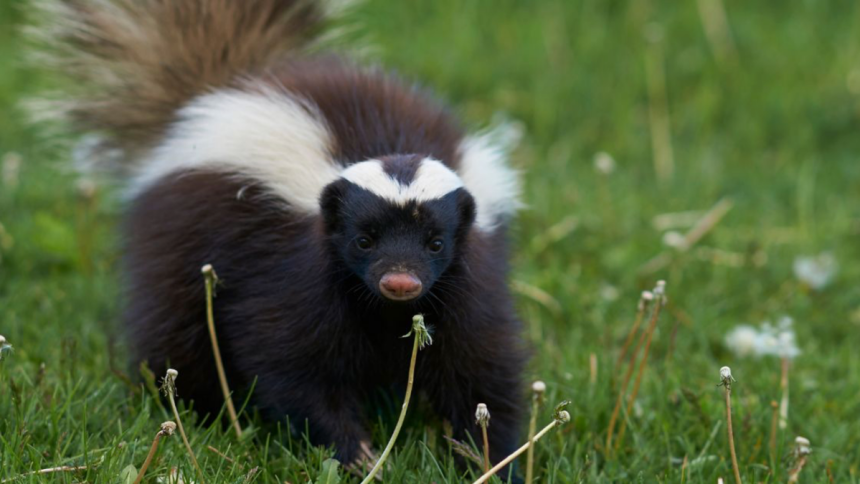Encountering skunks in your yard can be challenging, especially if they pose a risk to pets or gardens. Humanely trapping skunks for relocation is an effective method to manage their presence without causing harm. This approach not only safeguards the animals but also ensures a safer environment for your household.
Understanding the best practices for humane trapping can make the process more efficient and effective. You’ll want to use the right trap and bait to ensure a successful capture and choose the correct location. Being well-informed will help you navigate the complexities of this task while ensuring compliance with local wildlife regulations.
Relocating skunks requires diligence and care, from trapping techniques to post-capture considerations. By following humane methods, you can address the issue responsibly and promote coexistence with wildlife in your area.
Understanding Skunk Behavior and Legal Considerations
Grasping skunk behavior and the legal aspects surrounding their relocation are crucial for effective trapping. This knowledge helps ensure compliance with laws and promotes humane practices.
Skunk Habits and Natural History
Skunks are primarily nocturnal animals, meaning they are most active at night. This behavior affects when and how you should set traps for them. They are omnivorous, often feeding on insects, fruits, and small rodents. Understanding their diet can guide you in selecting bait that entices them into traps.
Skunks are known for their distinct defensive mechanism: spraying a foul-smelling liquid when threatened. This behavior highlights the importance of approaching trapping with care. Typically, skunks are solitary but have a strong sense of territory. They communicate through various vocalizations and scent markings. Recognizing these patterns can enhance your ability to monitor their presence in your area.
Legal Aspects of Skunk Relocation
Before trapping, it’s vital to be aware of local regulations regarding skunk relocation. Many jurisdictions have specific laws that dictate whether skunks can be relocated after trapping. In some areas, it may only be permitted within a certain distance from where they were captured.
You should also check whether permits are required for trapping or relocating skunks. Violation of these laws could lead to fines or penalties. Contact local wildlife authorities for the most accurate and up-to-date information.
Additionally, humane trapping methods should align with legal standards. Always ensure your traps are designed to minimize suffering, and using the correct practices promotes the legality and ethical treatment of these animals.
Humane Skunk Trapping Techniques

Effective skunk trapping requires appropriate techniques to ensure humane treatment. Using the right traps and strategies minimizes stress on the animal and increases the likelihood of successful relocation.
Choosing the Right Trap
Select a live trap designed specifically for skunks. These traps should be robust and typically measure 24 to 36 inches long. Look for features like a smooth triggering mechanism to avoid injury.
Popular traps include:
- Tomahawk Live Trap: Known for its durability and effectiveness.
- Havahart Traps: Easy to set and check.
When setting up the trap, ensure it has a sturdy base and is placed in an area where skunks frequent to maximize your chances of capture.
Baiting Strategies
Baiting is critical for attracting skunks into the trap. Use strong-smelling foods like canned cat food, marshmallows, or fruits. Place the bait inside the trap at the far end to encourage the skunk to enter fully.
- Combine bait options: Mixing different types of bait can enhance attractiveness.
- Avoid human food leftovers, as these may not be enticing enough.
Secure the bait to prevent it from being easily removed. This step is essential for trapping skunks without harm and ensuring their safety.
Safe Trap Placement and Monitoring
Choose locations frequently visited by skunks, such as near trash cans or burrows. Keep the trap off the ground to prevent unwanted animals from accessing it. Place it in a sheltered area to protect the skunk from weather elements.
Check the trap every few hours to minimize stress for the skunk. Early morning or late evening are ideal times for monitoring. If you catch a skunk, cover the trap with a cloth to help calm the animal while you prepare for relocation.
After the Trap: Skunk Handling and Relocation

Once a skunk is trapped, it’s essential to handle it properly to ensure it and your safety. Understanding health assessments and safe transportation methods is critical for a successful relocation.
Assessing Skunk Health and Safety
Before transporting a skunk, check its condition. Wear gloves and use a towel to cover the trap, reducing the animal’s stress. Examine for visible injuries or signs of illness, such as lethargy, quarantine conditions, or breathing difficulties.
If the skunk appears healthy, it’s important to maintain a calm atmosphere during transportation. Minimize vibrations and sudden movements while handling the trap. Ensure ventilation is adequate without allowing the skunk to escape. Ethical ways to remove and relocate skunks begin with responsible handling, so always prioritize humane methods.
Transportation and Release
Transport the skunk to a suitable release site five miles from your property. Choose an area with ample cover, food sources, and minimal human disturbance.
During transport, keep the trap secure in your vehicle to prevent accidents. When arriving at the site, place the trap on level ground and open the door to let the skunk exit at its own pace. Monitor the area from a safe distance until the skunk leaves the trap.
For safe and humane skunk trapping in McKinney, consider hiring professionals. Critter Stop has a fantastic reputation and online customer reviews because it provides high-quality work and great customer service. Call Critter Stop at (214) 234-2616 for a free inspection to solve your wildlife or pest removal issues.
Lynn Martelli is an editor at Readability. She received her MFA in Creative Writing from Antioch University and has worked as an editor for over 10 years. Lynn has edited a wide variety of books, including fiction, non-fiction, memoirs, and more. In her free time, Lynn enjoys reading, writing, and spending time with her family and friends.















